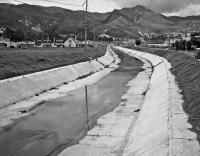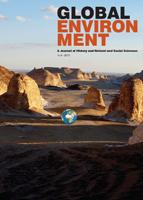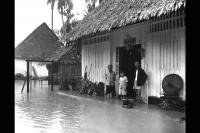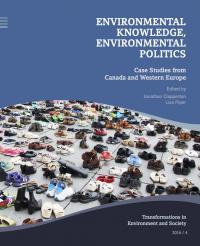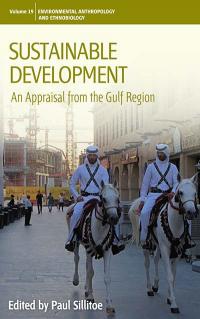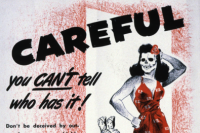Show search results for
"Limitations of Environmental Success Without Successful Environmental Policy"
From the late 1950s onward, Helsinki experienced air pollution from energy generation, industries, waste incineration, and traffic. After having been at its worst in the late 1960s the air quality in Helsinki eventually improved remarkably. This paper examines the reasons for this environmentally advantageous outcome, which was achieved in the absence of a particularly successful environmental policy.
A Milestone on the Road to Independence? Singapore’s Catastrophic 1954 Floods
The flooding in Singapore in 1954 was one of the most significant floods on the island in the twentieth century.
Versailles’ Drinking Water and the Last Service of the Marly Machine, 1859–1963
The Machine upgraded by Dufrayer was able to pump the impressive amount of 20,000 m3 per day but new concern threatened its existence: the Seine waters growing pollution.
“It Was a Blast!”—Camp Life on Christmas Island, 1956–1958
The day-to-day experiences of the men who developed and tested the British nuclear deterrent on Christmas Island from 1956–1958.
Pollution, Local Activism, and the Politics of Development in the Canadian North
Sandlos and Keeling explore Indigenous resistance to arsenic pollution. Indigenous communities mobilized knowledge around environmental pollution and its health impacts. The authors show how this resistance to environmental racism is connected to other Indigenous struggles over industrial development and to issues such as land claims, sovereignty, and colonial dispossession.
Chemical Rubble: Historicizing Toxic Waste in a Former Mining Town in Northern Chile
This article is an exploration of the chemical heritage of mining activities in northern Chile.
Treating the “Undesirable”: Venereal Patients in the Canadian Expeditionary Force, 1914–1918
This paper explores how conceptions of Canada as a naturally healthy environment proved false when the ill-health of civilians was revealed during the First World War.


